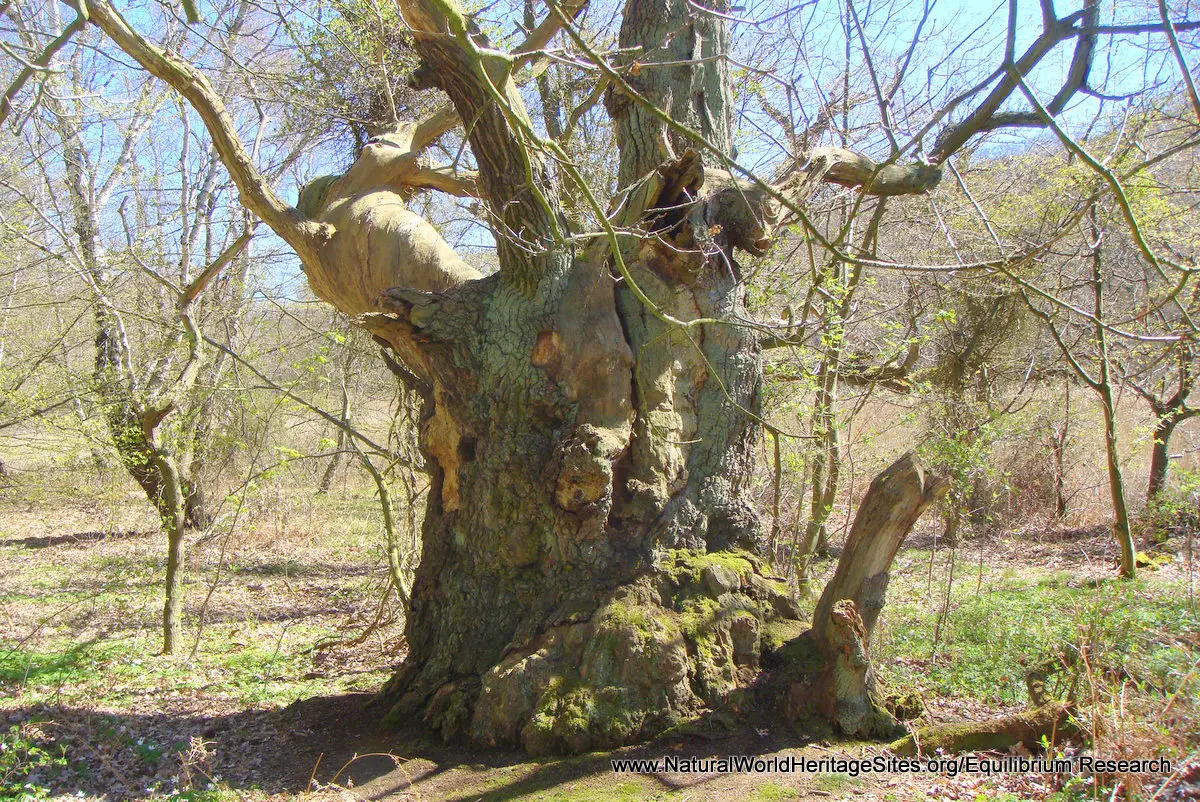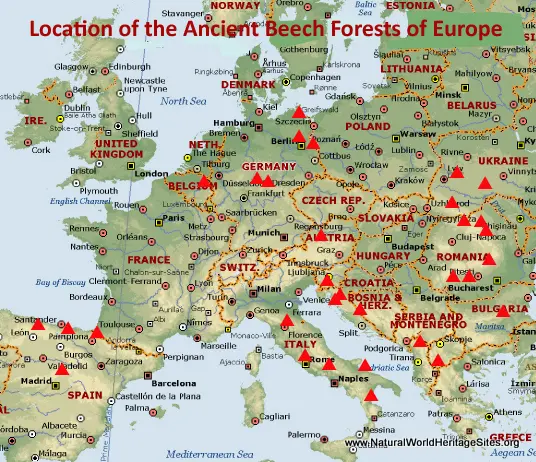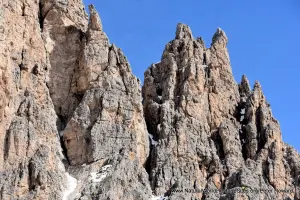EXPLORE the Ancient and Primeval Beech Forests of the Carpathians and Other Regions of Europe with this slideshow, check the location map and get all the facts and information below.
For slideshow description see right or scroll down (mobile). Click to view slideshow
Location and Values: The Ancient and Primeval Beech Forests of the Carpathians and Other Regions of Europe is a serial trans-boundary site comprising 77 (mostly small) reserves in 12 countries – Albania, Austria, Belgium, Bulgaria, Croatia, Germany, Italy, Romania, Slovakia, Slovenia, Spain and Ukraine. The various component reserves illustrate the ecological processes involved in the spread of European Beech across the continent over the past few thousand years, from a number of isolated mountain refuge areas where the tree survived during the last ice age. The world heritage site has been progressively expanded from its original (2007) configuration which featured 10 reserves, (averaging 29km2 in area) selected as examples of the ‘primeval’ beech forests that survived since ancient times in the Carpathian mountains between Slovakia and Ukraine. The expansion of the site with the addition of new areas in 2011 and 2017 means that it is now much more fragmented (its 77 component reserves averaging just 12 km2 in area, including 11 fragments of less than 1 km2) and now includes some much younger elements that have been subject to recent human disturbance (which IUCN considers do not meet world heritage standards)
Conservation Status and Prospects. According to IUCN’s Conservation Outlook Assessment (2017) the conservation status of the Ancient and Primeval Beech Forests of the Carpathians and Other Regions of Europe is of ‘significant concern’. The IUCN report notes that the small size and isolation of some of the components exposes them to all sorts of external threats, and does not provide the ecological conditions for natural evolutionary processes to operate. The report also notes that some parts of the site are under pressure from development activities, such as forest resource exploitation in the Poloniny national park (Slovakia). The development of effective management across so many sites and jurisdictions is also proving to be challenging, and management effectiveness is not always as high as world heritage status requires.
Links:
UNESCO Official Website
IUCN Conservation Outlook
UNEP-WCMC Site Description
Birdlife IBA
Slideshow description
The slideshow ‘tells the story’ of the Ancient and Primeval Beech Forests of the Carpathians and Other Regions of Europe, showing some features of the landscapes, habitats, plants and animals at Jasmund National Park (and the nearby island of Vilm) on Germany’s Baltic Coast. The photos were taken by Sue Stolton and Nigel Dudley (Equilibrium Research) during several visits between March 2008 and June 2017. Some of the visitor information panels and facilities are shown.
Factfile
Website Categories: Temperate & Boreal Forests;
Area: 920 km2
Inscribed: 2007 (Extended 2011, 2017)
Criteria:
- Ecological processes (ix);





